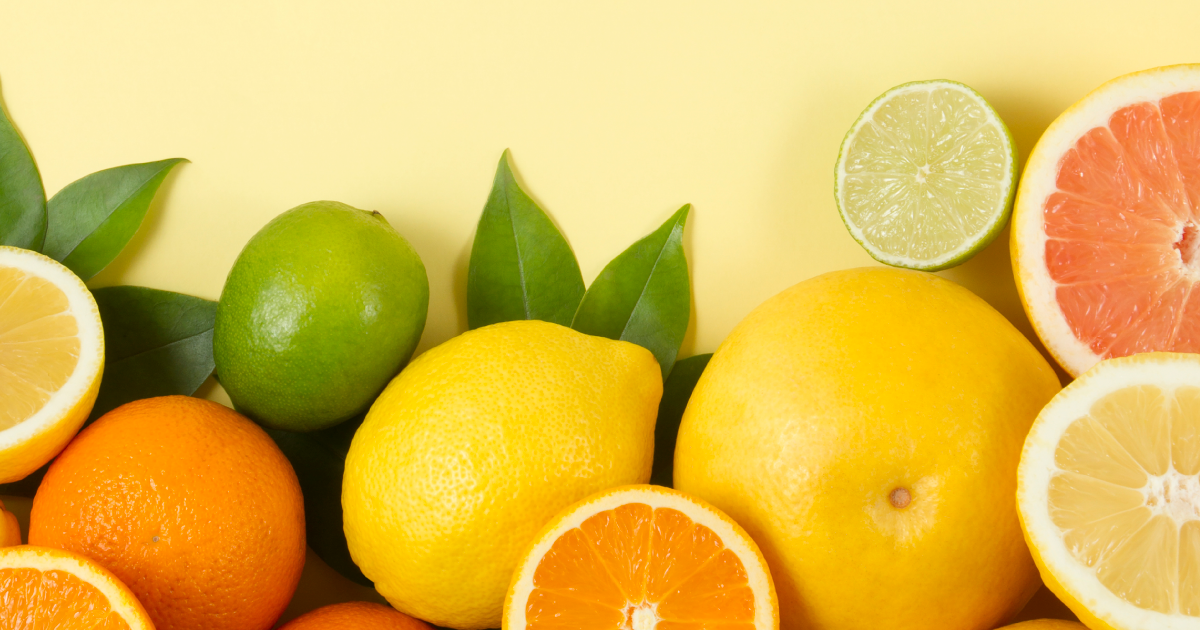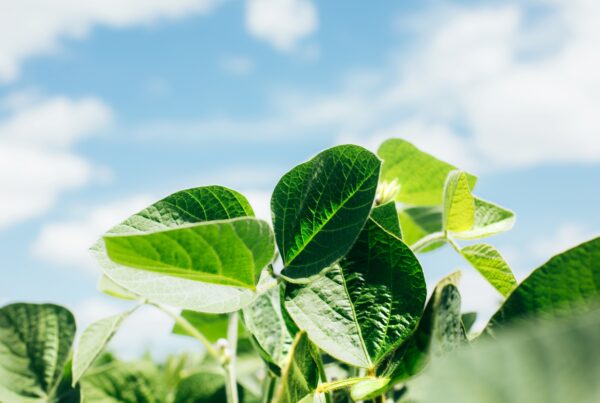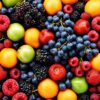
When we walk along the supermarket shelves, we are used to finding fruit in perfect condition. We may even be struck by their bright and attractive colours, which can captivate us into buying them.
When this happens with citrus fruits, they have often undergone a "degreening" process, which partly achieves this uniform appearance in all pieces of fruit.
We tell you about it below.
What is degreening of fruits and why is it important for marketing?
De-greening is explained as the process by which, in this case, citrus fruits are subjected to a change in colour once they have been harvested in order to achieve a more uniform result in all the pieces.
It is very important to note that this process does not affect the maturity of the fruit in any way, as it is obliged to always comply with all internal quality processes in terms of sugar or juice content, for example. It simply seeks a more familiar appearance for the consumer.
During the process, to ensure that the fruit does not suffer any damage, factors such as temperature, humidity or oxygen concentrations and other conditions in which they are stored during the process must always be taken into account.
What are the differences between natural and artificial degreening?
Fruits, due to their own ripening process, carry out this process by themselves naturally. In the case of this article, citrus fruits such as oranges or lemons change colour and ripen gradually due to internal physiological processes until they reach the ideal state.
However, it is true that this can often take a long time when there is a need to dispose of the product. For this reason, it is possible to speed up the degreening of the fruit by using techniques that favour this process.
Thus, no chemicals are used for natural degreening. It can be said that it is a process that has much more to do with the ripening times of the fruit. In fact, it can even take several days or weeks for citrus fruits to reach their optimum colouring and flavour.
In order to carry out this process artificially and reduce the time required naturally, it is necessary to use chemical products such as ethylene or derivatives that accelerate this process of colour change much more immediately.
This process, in turn, requires a much more exhaustive control over the ripening process, including the storage chambers, and the humidity and temperature to which the fruits are exposed, or the regulation of the use of these products to a greater or lesser extent, since any misadjustment in them could damage the fruit.






